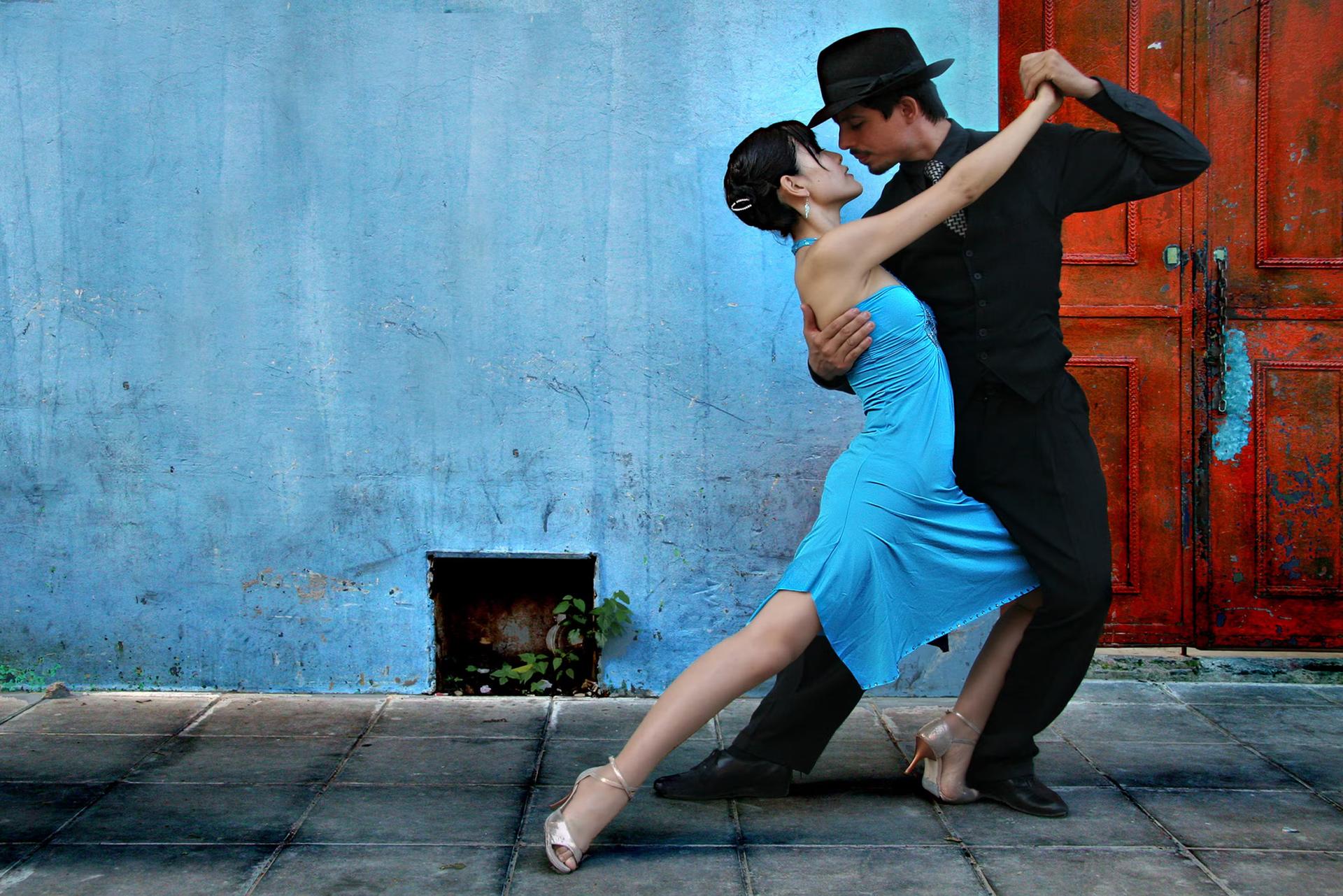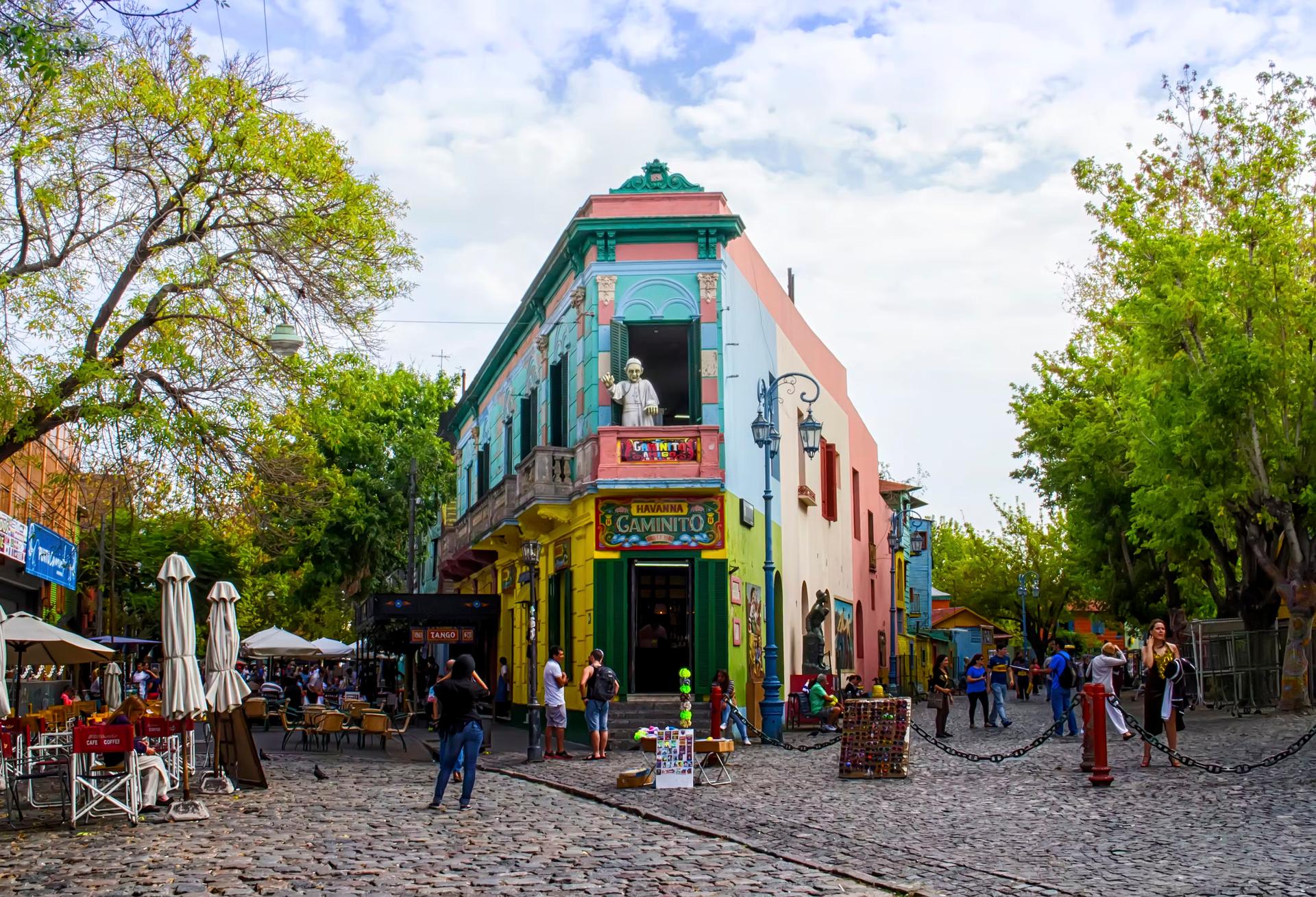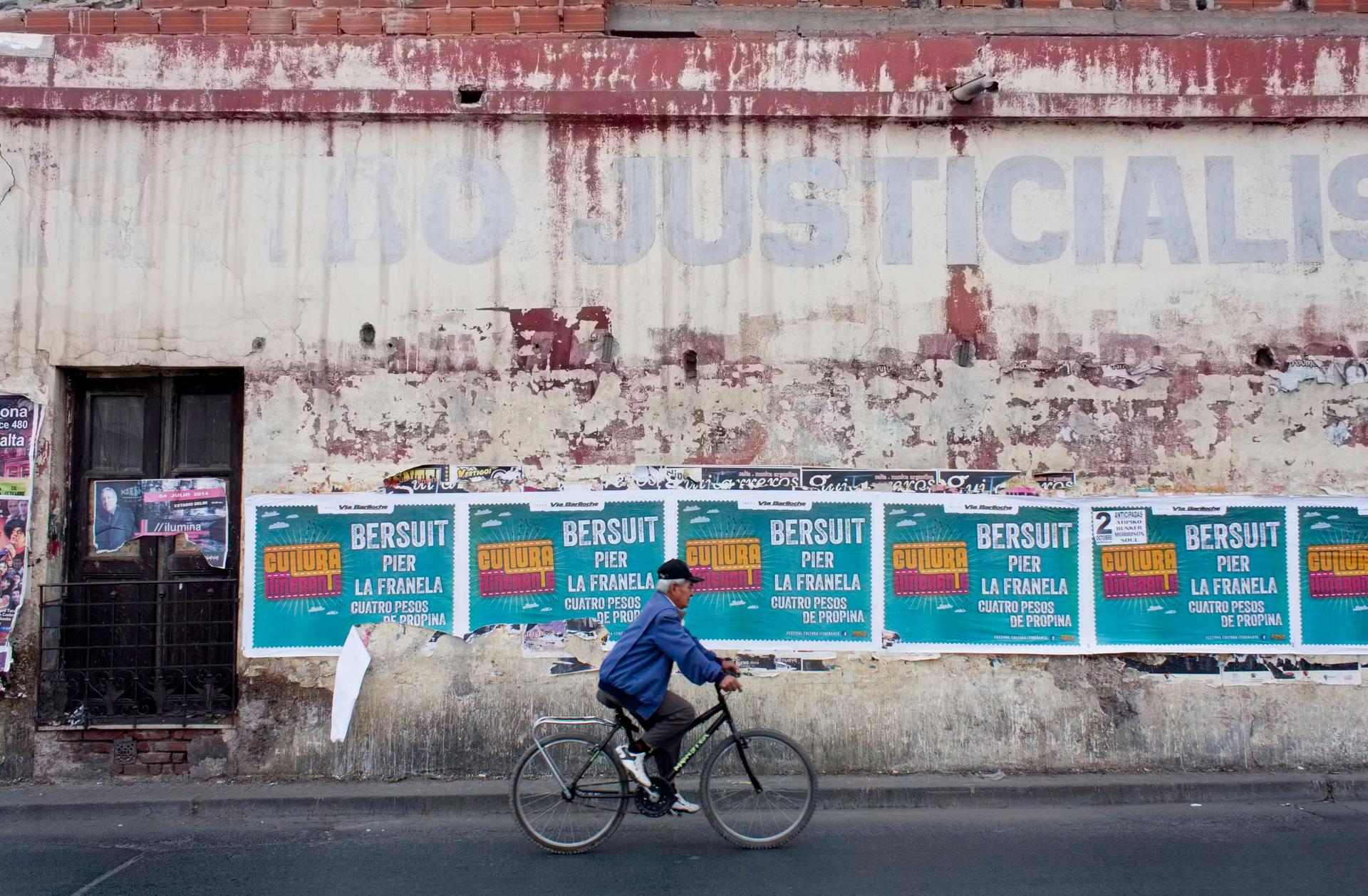Buenos Aires is officially divided into 48 barrios (neighborhoods), each with a distinct atmosphere and personality.
Spending time in these different areas offers a big payoff, as the city’s true character is slowly revealed. This guide to the best neighborhoods to stay, where to head for daytime sightseeing, and where to experience Buenos Aires’ legendary restaurants and nightlife will help you make the most of your visit.
1. Palermo is a fashionable district for shopping and nightlife
Buenos Aires’ largest neighborhood is Palermo, a fashionable district known for its shops, restaurants, lively nightlife and for keeping up with the latest trends. For those who want to be close to the action, Palermo makes an excellent place to stay, with plenty of accommodation options ranging from hostels to boutique hotels.
The district is subdivided into smaller neighborhoods. To the north of Avenida Juan B Justo is Palermo Hollywood, an area full of music venues, media companies, and cafes where employees sip flat whites. To the south is Palermo Soho, which is packed with shopping boutiques, cocktail bars and restaurants (for some of the city’s best steak, try Don Julio). From Plaza Italia, the Subte (subway) runs to the city center, and to the east of Plaza Italia are a number of large, family-friendly parks, the MALBA art museum and the Museo Evita, a museum dedicated to Evita Perón.
Want some help? Let Elsewhere plan your next trip.
2. Recoleta is the best neighborhood for architecture
Recoleta is the place to go to understand why Buenos Aires is sometimes called the Paris of the South. Stroll the streets of this upmarket neighborhood – Avenida Alvear is a good place to start – and gawp at the French-influenced architecture of the grand mansions, many of them built by wealthy cattle ranch owners in the early 20th century, when Buenos Aires was one of the richest cities in the world. A day in Recoleta wouldn’t be complete without visiting the magnificent cemetery (sounds macabre but it’s one of the best free things to do here) and stopping for an ice cream (try Persicco or Rapanui).

3. San Telmo is the place to browse antiques and see tango street performances
San Telmo’s history can be seen in the crumbling former mansions of the city’s early residents, which by the late 19th century had become tenement housing for the poor. It was in the shared courtyards of these buildings that tango first emerged, its mix of European and African influences a reflection of the neighborhood’s diversity.
On Sundays the neighborhood fills with tourists and locals who come to browse the craft and antiques stalls at the Feria de San Telmo street market, which runs along cobbled Calle Defensa. In Plaza Dorrego, street performers dance tango next to the outdoor tables of old-school cafes. Though there is a high tourist footfall here, the barrio retains a down-to-earth feel, with plenty of the street art Buenos Aires is known for. The historic Mercado de San Telmo is an atmospheric place to shop for groceries, and excellent bars, restaurants, live music and tango venues –plus its proximity to the city center – make San Telmo a popular base.

4. La Boca is the neighborhood all soccer fans will want to visit
The working-class neighborhood of La Boca is famous for its soccer team, Boca Juniors, who play home games at La Bombonera stadium. Tourists snap photos of the colorful houses of el Caminito, an open-air art installation representing the traditional shacks of the Genoese port workers who immigrated to the city in the late 1800s. Nearby are two worthwhile art galleries, the Museo Benito Quinquela Martín and the Fundación Proa (head to the rooftop cafe for views of the river). For safety reasons, it’s better for tourists to visit during the day and not stick around after dark.
5. The best sightseeing is found in the city center
The district informally known as the microcentro (city center) is not in the geographical center of the city, but can be thought of as the city’s heart: it’s the center of government and finance, and the place from where the city’s main avenues emerge and branch out into the surrounding neighborhoods. The official barrios that form the district are Monserrat and San Nicolás.
Every visitor to Buenos Aires will want to see Plaza de Mayo, where so many of Argentina’s most important historic events took place, and the famous balcony of the Casa Rosada presidential building from which Evita Perón addressed the crowds gathered below. From here, stroll down elegant Avenida de Mayo and cross the 12-lane wide Avenida 9 de Julio (passing the Obelisco) to see the legislative buildings and nearby Palacio Barolo. There isn’t much nightlife here though, so time your visit for the daytime.
6. Almagro has a thriving arts scene
Almagro is a residential neighborhood with a thriving arts scene and some of the city’s best neighborhood restaurants, old-time bars like the soccer-flag covered El Bandarín, and tango venues, including the bohemian La Catedral. As well as timeless cafes like Las Violetas, there are some cutting-edge arts venues, cultural centers and theaters here. Almagro makes a great place to live for those planning a longer stint in the city.
7. Chacarita is the best neighborhood for foodies
Many tourists don’t make it as far as Chacarita, but there is much here to explore. The neighborhood is home to both long-time residents who watch the world go by from the sidewalks and a younger generation who help fuel Chacarita’s vibrant cultural life. Look out for street art, and be sure to check out the neighborhood’s latest restaurants – Chacarita has an emerging foodie scene. Don’t leave without sampling a greasy, doughy slice from the classic pizzeria El Imperio de la Pizza.
The neighborhood’s most worthwhile sight is the atmospheric Cementerio de la Chacarita, which contains the mausoleum of tango singer Carlos Gardel. Outside the cemetery gates sit a number of flower sellers with colorful stalls of fragrant bouquets.
